US goods trade deficit narrowed -5.7% mom to USD -66.5B in October, well below expectation of USD -71.3B. Exports of goods dropped USD -0.9B to USD 135.3B. Imports of goods dropped USD -5.0B to USD 201.8B. Wholesales inventories rose 0.2% mom to USD 676.1B, matched expectations.
Asian update: Dollar strongest as RBA and China shrugged. Stocks mixed
Following the decline in US stocks, Asian markets turned slightly weaker today. Chinese stocks are resilient though, fluctuating in tight range between gain and loss. The government lowered 2019 growth target to 6.0-6.5%, with the lower bound at lowest pace in more than three decades. But the move was widely expected and thus triggered little reactions. RBA kept interest rate unchanged at 1.50% too. It maintained the central scenarios of growth, inflation and employment forecasts. The tone of the statement is a touch more optimistic comparing to February’s. But it’s largely shrugged off by the Australian Dollar.
In the currency markets, Dollar is so far the strongest one for today, followed by Euro and Swiss Franc. EUR/USD breached 1.1316 support overnight but there was no follow through buying. The greenback will need to flex some more muscles to show that it’s regaining near term strength. Commodity currencies are the weakest ones, led by New Zealand Dollar.
In Asia:
- Nikkei is down -0.60%.
- Hong Kong HSI is down -0.10%.
- China Shanghai SSE is up 0.15%.
- Singapore Strait Times is down -0.46%.
- Japan 10-year JGB yield is up 0.0023 at 0.003, staying positive.
Overnight:
- DOW dropped -0.79%.
- S&P 500 dropped -0.39%.
- NASDAQ dropped -0.23%.
- 10-year yield dropped -0.033 to 2.722.
There is some improvements in yield curve inversion in the US. 5-year yield at 2.531 is now back above 6-month yield at 2.504. Ad it’s not far from 1-year yield at 2.557.
Eurozone PMI manufacturing finalized at 52.0, risks shifting to the downside
Eurozone PMI manufacturing was finalized at 52.0 in October, down from prior month’s 53.2. Markit noted “fall in order books as exports decline for the first time in nearly five-and-a-half years”. Also, “trade concerns push confidence down to lowest level since December 2012”.
Among the countries, Italy PMI manufacturing dropped to contraction at 49.2, hit a 46-month low. France reading dropped to 51.2, a 25-month low. German reading dropped to 52.2, a 29-month low.
Commenting on the final Manufacturing PMI data, Chris Williamson, Chief Business Economist at IHS Markit said:
“Concerns about the Eurozone manufacturing sector intensified at the start of the fourth quarter. The headline PMI fell to its lowest since August 2016, signalling a further slowing in the rate of expansion. New orders fell into decline for the first time in almost four years as trade woes escalated. Export sales fell for the first time in over five years.
“Moreover, the survey suggests that the manufacturing sector could contract in the fourth quarter unless the data revive in coming months. However, with backlogs of work falling for a second successive month, and business expectations sliding to the lowest for nearly six years, risks seem firmly tilted towards the downside heading towards the end of the year.
“While there was some evidence that the autos sector acted as a drag again in October, with car makers struggling with new emission regulations, the manufacturing sector’s problems look broadbased. Growing risk aversion, linked in turn to worries about the global economic environment, trade war worries, political uncertainty and rising prices, appears to be hitting demand for a wide variety of goods. The steepest drop in output and orders was seen in the intermediate goods sector, which comprises suppliers of inputs to other manufacturers.
“The combination of destocking, deteriorating order books and drop in business optimism will add to concerns that growth risks are shifting to the downside rather than being “broadly balanced”, as indicated by the ECB.”
ECB Villeroy: Hiking pace more flexible, possibly slower beyond neutral rate
ECB Governing Council member Francois Villeroy de Galhau said in an interview, “as long as underlying inflation has not clearly peaked, we shouldn’t stop on rates,”
“It’s too early to tell where the end point in interest rates, or the so-called terminal rate, could be,” Villeroy said. “That said we are not far from the neutral rate, beyond which our hiking pace could be more flexible and possibly slower.”
“We can raise interest rates without provoking significant unemployment,” Villeroy said. “To determine the level of growth next year, energy is more important than monetary policy. Our aim is not to provoke a recession but to tame inflation.”
Australia AiG construction dropped to 37.9, retail sales rose 0.5%
Australia AiG Construction Index dropped to 37.9 in March, down from 42.7. That’s the lowest level since May 2013. Across the four construction sectors, the house building sector indicated modest growth for a fourth consecutive month (trend). Contractions in the apartment and commercial construction sectors were steeper (a lower index result), while the contraction in engineering construction activity eased slightly in March.
Retail sales rose 0.5% mom in February. “Retailers reported a range of impacts from COVID-19 in February” said Ben James, Director of Quarterly Economy Wide Surveys, “with increases in food retailing slightly offset by falls in more discretionary spending.”
Australia Kennedy: Victoria coronavirus outbreak pulls us back
Australia’s Victoria reported a record 723 daily coronavirus cases for the past 24 hours as situation in the second most populous state continued to worsen despite returning to lockdown. Australia Treasury Secretary Steven Kennedy said that the outbreak in Victoria “pulls us back” and together with new Queensland border restrictions, the national economy will be hurt more than forecast in last week’s federal budget update.
Kennedy said, “further constraints, be they through movement or through the extension of the six-week measures that the Victorian government announced, will mean growth will be lower, employment will be lower and unemployment will be higher. Beyond that, of course, people can lose confidence and have concerns about what they’re seeing unfolding, even in other parts of the country.
He added that 75% of Victorian firms currently receiving the JobKeeper wage subsidies were likely to remain on the scheme beyond the September renewal deadline. Meanwhile, Q2 GDP is expected to contract -7% and road to recovery will be long and unpredictable. New South Wales’ management of the virus would now be crucial for the economy.
Also from Australia, import price index dropped -1.9% qoq in Q2 versus expectation of -2.5% qoq. Building permits dropped -4.9% mom in June versus expectation of 0.0% mom.
Australia retail sales rose 0.9% mom in May, higher prices added to growth
Australia retail sales rose 0.9% mom in May, above expectation of 0.4% mom. That’s the fifth consecutive monthly growth.
Ben Dorber, Director of Quarterly Economy Wide Statistics said, “There was growth across five of the six retail industries in May as spending remained resilient. Higher prices added to the growth in retail turnover in May. This was most evident in cafes, restaurants and takeaway food services and food retailing.”
New Zealand BusinessNZ manufacturing rose to 54.3, recovery from a large hard hit
New Zealand BusinessNZ Performance of Manufacturing Index rose from 51.6 to 54.3 in October. Looking at some details, production rose from 49.8 to 54.0. Employment dropped from 54.2 to 52.1. New orders dropped from 54.1 to 53.9. Finished stocks rose from 50.2 to 54.9. Deliveries rose from 47.9 to 59.9.
BNZ Senior Economist, Doug Steel stated that “even though October’s reading is above average, we’d classify it more in the realm of some recovery from a large hit rather than an indication of outright strength.”
Coronavirus cases in South Korea and Italy continue to surge
In China, the National Health Commission reported 433 new confirmed coronavirus cases on February 26, bringing to accumulated total to 78497. Death toll rose 29 to 2641.
South Korea, the worst outbreaks outside of mainland China, reported another 334 cases, bringing the total to 1595. Italy and Iran are having the worst developments next to South Korea. Italy reported a total of 447 confirmed cases so far, with 12 deaths. Iran had 139 cases with 19 deaths. South American reported the first confirmed case in Brazil, a 61-year old man who recently visited Italy.
Situation in the US is so far contained, with 15 cases only. President Donald Trump appointed Vice President Mike Pence to lead and coordinate response to the coronavirus. For now, Trump said “it’s not the right time” to extend travel restrictions to other affected countries like Italy and South Korea.
German’s ZEW rises to 15.2 on rate cut expectations
Germany’s ZEW Economic Sentiment rose from 12.8 to 15.2 in January, above expectation of 12.7. Current Situation index fell slightly from -77.1 to -77.3, below expectation of -77.0.
Eurozone ZEW Economic Sentiment fell from 23.0 to 22.7, above expectation of 21.9. Current Situation index rose 3.4 points to -59.3.
ZEW President Achim Wambach noted that “Economic expectations for Germany have improved again,” attributing this positivity partly to expectations that ECB will cut interest rate in the first half of the year. This expectation is shared by “more than half of the respondents ”
Furthermore, Wambach highlighted that there are even more pronounced shifts in US interest rate expectations. He stated, “More than two-thirds of the respondents predict interest rate cuts by the US Federal Reserve in the next six months.”
Wambach also pointed out that the recent rise in inflation in Germany and Eurozone in December does not seem to have influenced the monetary policy expectations of the respondents.
ECB Villeroy: Policy normalization should be gradual but resolute
ECB Governing Council member Francois Villeroy de Galhau said in Pairs, “inflation is not only too high, but also too broad. This requires a normalization of monetary policy — I say normalization and not tightening.” He added that the normalization process should be “gradual but resolute”
“Fiscal policy will itself be further constrained by the high level of post-Covid public debt, and by the increase in interest rates,” Villeroy added. “Furthermore, in the two next years, the context will be one of slower growth, or even, according to some fears, of economic stagnation.”
Fed Bullard: Let’s be sharp and get inflation under control in 2023
St. Louis Fed President James Bullard told CNBC, “Our risk now is inflation doesn’t come down and reaccelerates and then what do we do.
“We are going to have to react, and if inflation doesn’t start to come down, you know, you risk this replay of the 1970s where you had 15 years and you’re trying to battle the drag, and you don’t want to get into that.
“Let’s be sharp now, let’s get inflation under control in 2023 and it’s a good time to fight inflation because the labor market is still strong,” He added.
Bullard reiterated his view that Federal funds rate at 5.25-5.50% rate would be adequate for the task.
Fed’s Waller: Latest data confirm no rush for interest rate cuts
In a speech overnight, Fed Governor Christopher Waller articulated that Fed is in “no rush” to initiate interest rate cuts. This position comes in light of recent economic developments, suggesting that interest rates may need to be maintained at their current restrictive levels “longer than previously thought.”
Waller acknowledged the significant strides made in curbing inflation last year and the substantial improvement in labor market balance. Yet, he expressed reservations about the pace of continued progress, stating, “the data we have received so far this year has made me uncertain about the speed of continued progress.”
This uncertainty has been fueled by economic indicators over the past month, with Waller highlighting February’s robust job growth of 275k and a three-month average job growth of 265k, alongside persistently high inflation metrics.
Particularly concerning to Waller is a notable jump in Core PCE inflation to 0.4% on a monthly basis in January, a significant increase from an average of around 0.1% in the fourth quarter. These observations have solidified Waller’s belief that there is “no rush to cut the policy rate,” advocating for a continuation of the Fed’s current restrictive stance, “for longer than previously thought.”
Waller remains optimistic about making further progress towards disinflation, which could eventually justify a reduction in the federal funds rate target range within the year. But he asserts “until that progress materializes, I am not ready to take that step.”
Trump doing well with China, rejects Republican Graham’s deal to reopen government
Trump sounded upbeat on trade negotiation with China today. He told reporters at the White House that “we’re doing very well with China”. And, “I think that we are going to be able to do a deal with China… China wants to negotiate”.
On the other hand, Trump rejected fellow Republican’ Lindsey Graham’s proposal to sign a stopgap spending bill to buy more time for talks on the border wall. Trump said, “I did reject it… I’m not interested. I want to get it solved. I don’t want to just delay it. I want to get it solved”.
US government shutdown is now in the record fourth week as Trumps insists on demanding the funding for border wall.
Fed Harker said “no, not right now” for another rate cut
Philadelphia Fed President Patrick Harker told CNBC “No. Not right now”, when asked if he sees a case for further rate cut. He explained, “the labor markets are strong, inflation is moving up slowly — but with the last CPI print, it was a good print,”
On the current interest rate, he said: “We’re roughly where neutral is. It’s hard to know exactly where neutral is, but I think we’re roughly where neutral is right now. And I think we should stay here for a while and see how things play out.”
IMF Affirms Yen’s Movement Rooted in Fundamentals; Intervention Unwarranted
Sanjaya Panth, Deputy Director of IMF’s Asia and Pacific Department, indicated that Yen’s depreciation this year is primarily driven by fundamental factors, particularly interest rate differentials. He opined that current Yen dynamics don’t necessitate intervention. Although Japan’s inflation outlook is optimistic, Panth advises against immediate short-term rate hikes by BoJ due to global demand uncertainties. Instead, he suggests BoJ focus on enhancing flexibility of long-term interest rates.
He stated, “On the yen, our sense is that the exchange rate is driven pretty much by fundamentals. As long as interest rate differentials remain, the yen will continue to face pressure.”
Addressing the topic of foreign exchange interventions, Panth clarified IMF’s stance, emphasizing that interventions are justifiable only under specific scenarios: market severe dysfunction, elevated financial stability risks, or when inflation expectations become unanchored.
Reflecting on the recent fluctuations in Yen, he mentioned, “I don’t think any of the three considerations are existing right now,” essentially suggesting that the current Yen dynamics do not warrant any interventions by authorities.
Highlighting Japan’s economic outlook, Panth shared a more optimistic tone on the nation’s near-term inflation. He noted that there were “more upside than downside risks” to Japan’s inflation forecast, with the economy operating close to its full capacity. Additionally, price increments in Japanese market are predominantly fueled by robust demand.
However, Panth believes that BoJ should hold off on any immediate hikes in short-term rates. He expressed concerns over global demand trends, saying it was “not yet the time” to act given the potential impacts on Japan’s export-centric economy.
As a recommendation for BoJ’s ongoing strategy, Panth encouraged measures that enhance the flexibility of long-term interest rates. This would strategically set the stage for any required monetary tightening measures in the future.
Trump in no rush to complete trade deal with China, still expecting a summit with Xi
Trump insisted that the trade negotiations with China is “going along well”. But he told reports at the White House that “”I’m in no rush. I want the deal to be right. … I am not in a rush whatsoever. It’s got to be the right deal. It’s got to be a good deal for us and if it’s not, we’re not going to make that deal.”
At the same time, Trump also acknowledged that Xi may be wary of going to a summit in the US without an agreement in hand. He said “I think President Xi saw that I’m somebody that believes in walking when the deal is not done, and you know there’s always a chance it could happen and he probably wouldn’t want that,”
Though, he’s still expecting a meeting with Chinese President Xi Jinping but “we’ll just see what the date is”. He is also open to complete the trade agreement before or after the summit. He added that “we could do it either way. We could have the deal completed and come and sign, or we could get the deal almost completed and negotiate some of the final points. I would prefer that.”
For now, Beijing made no reference to a Trump-Xi summit at the Mar-a-Lago Such summit is unlikely to happen this month. Tariffs imposed from both sides since last year are continuing to drag on the global economy with no end in sight. And there is nothing done that stops China from IP theft, forced technology transfer and market distortion through state-owned enterprises.
Eurozone investor confidence rose to 7.6, investors making advance concessions to hard data
Eurozone Sentix Investor Confidence rose to 7.6 in January, up form 0.7, above expectation of 3.0. That’s also the third consecutive rise, and the highest level since November 2018. Current Situation Index rose from -1.0 to 5.5, third increase in a row, highest since June 2019. Expectations Index rose from 2.5 to 9.8, also the third increase in a row, highest since February 2018.
Sentix said: “This development is remarkable in two respects. For one thing, investors are once again making advance concessions to the ‘hard’ data. The manufacturing sector in particular is not yet showing any convincing signs of an upswing, at best signs of stabilization.”
Australia trade surplus narrowed to AUD 5B in Nov, as imports jumped 10% mom
Australia goods and services imports rose 10% mom to AUD 31.4B in November. Goods and services exports rose 3% mom to AUD 36.4B. Trade surplus narrowed to AUD 5.02B, below expectation of AUD 6.45B. Building permits rose 2.6% mom in November.




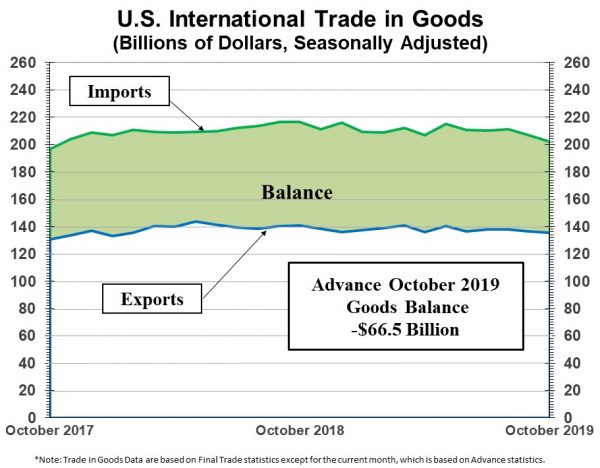
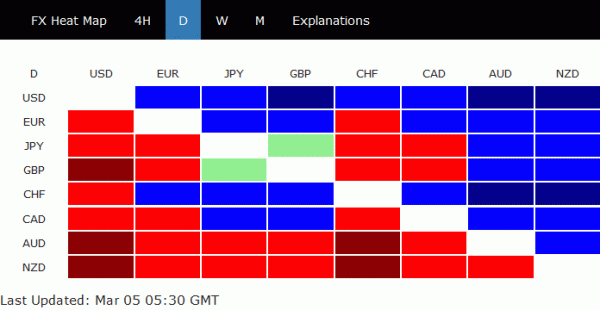
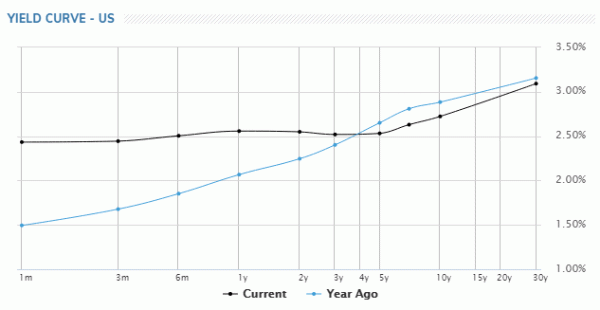
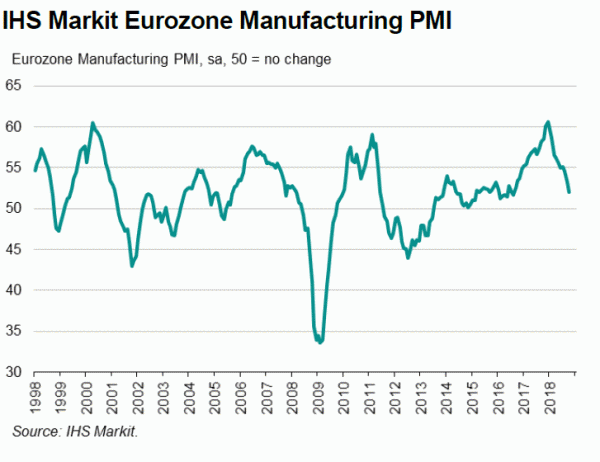
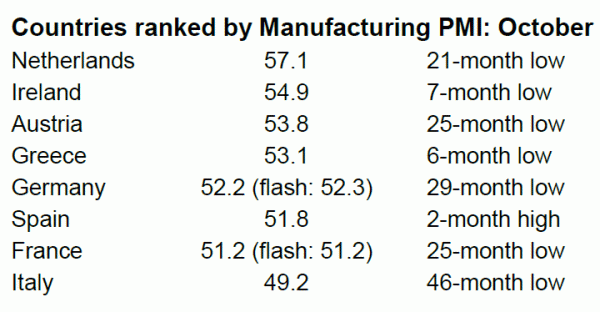
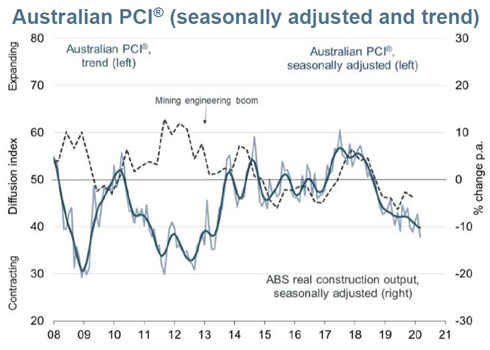
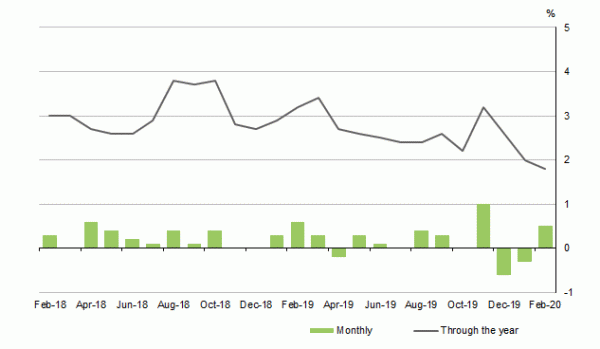
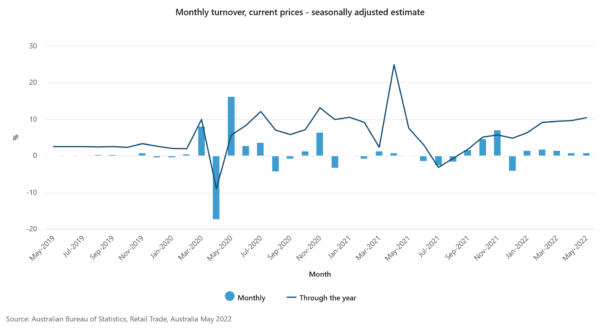
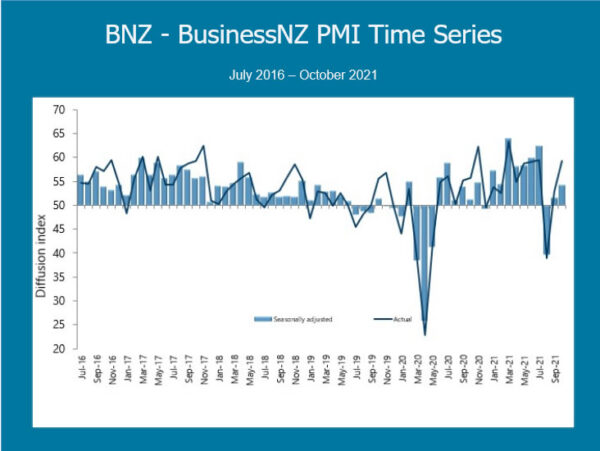
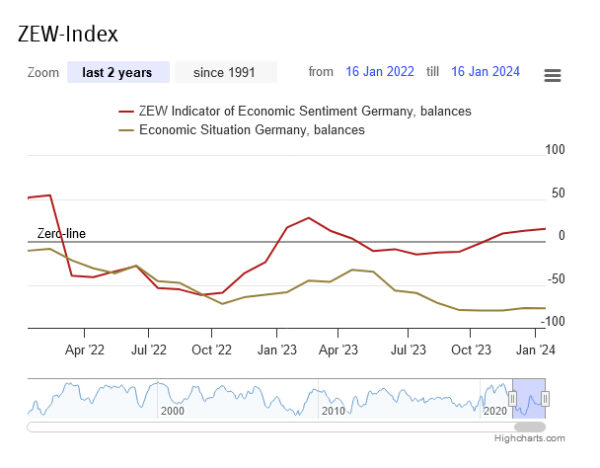
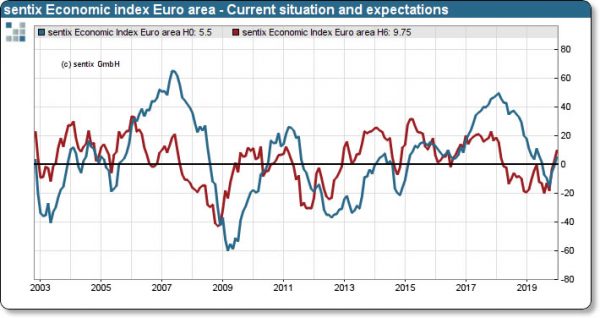
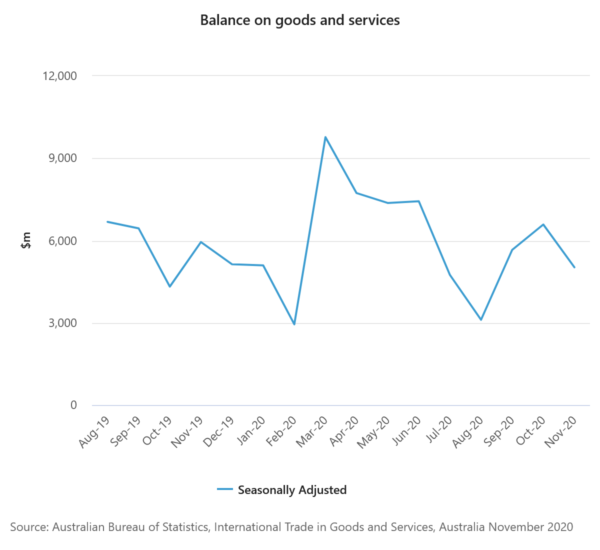

Harker: Fed is on track to meet 2% inflation target
Philadelphia Fed President Patrick Harker said “my own view right now is that we should hold steady for a while and watch how developments and the data unfold before taking any more action.” He added, “we haven’t quite met our 2% inflation target, but we’re on track to get there.”
Harker also said it’s “too early to say what impact the spread of the coronavirus will have on the global economy, but the negative effects on the Chinese economy and international travel are something to watch”. He added, “If the situation gets significantly worse and we start to see significant impact on the U.S. economy, then we have to think about accommodating. But I don’t think we’re at that point right now.”